Everyone is racing to be more energy efficient while saving. Many car manufacturers are bringing out their best of the best in eco-friendly and cost-efficient vehicles. But what’s more affordable between fully electric or plug-in hybrids for 2024 these days?
PHEVs (Plug-in Hybrid) Might Go a Longer Way Than EVs (Electric Vehicle)
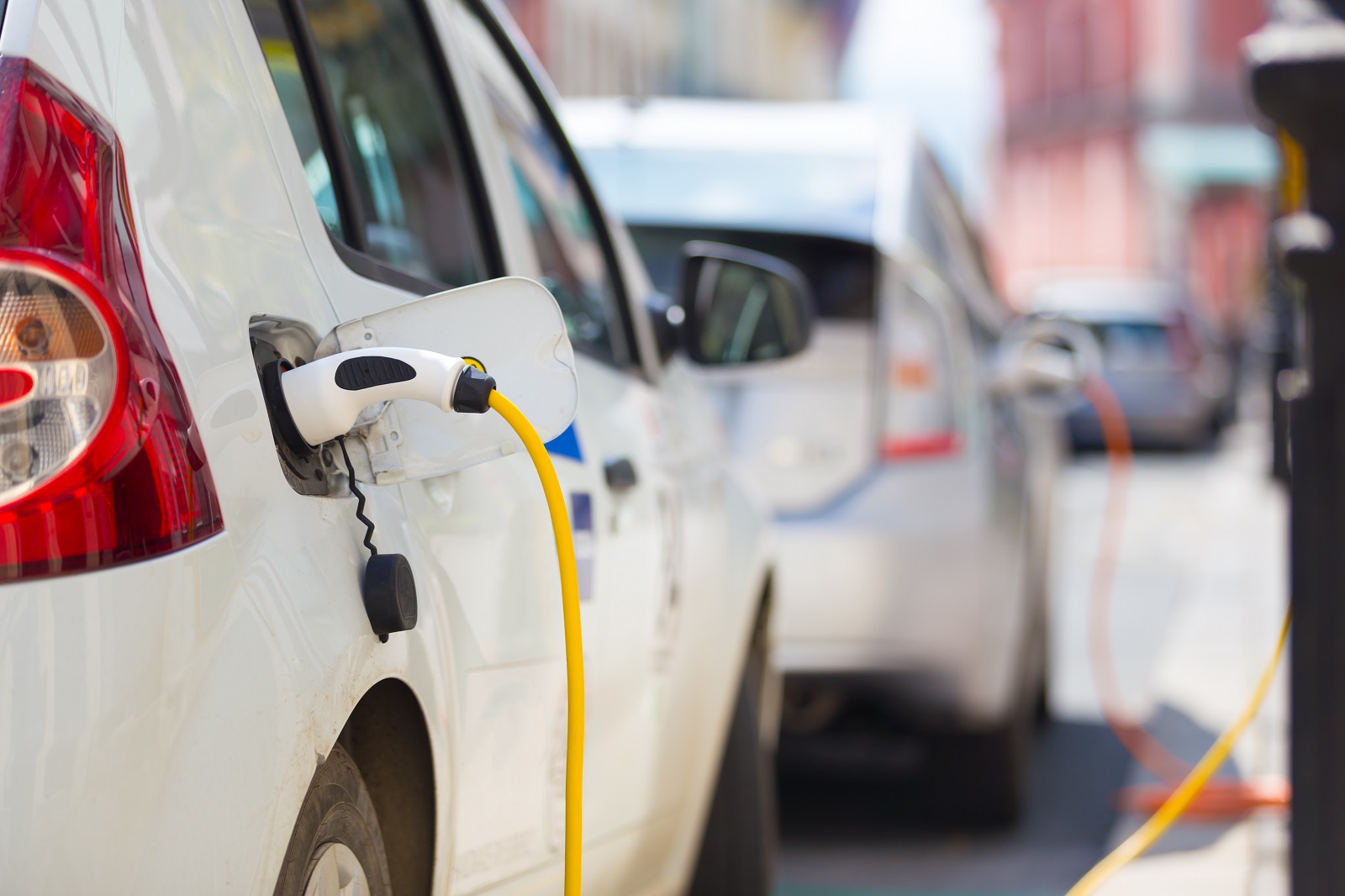
Image Credit: Shutterstock / Matej Kastelic
The engine capacities influence which vehicle goes further in one trip. With a fully charged electric engine, drivers can go a long way. Still, the hybrid has a gas engine and a battery-powered engine. Once the gas is out, the batteries can push on for about 30 miles (48km) in some cars. Ford offers a standard and extended battery capacity option.
Plug-in Hybrids Still Emit More CO2 Gases
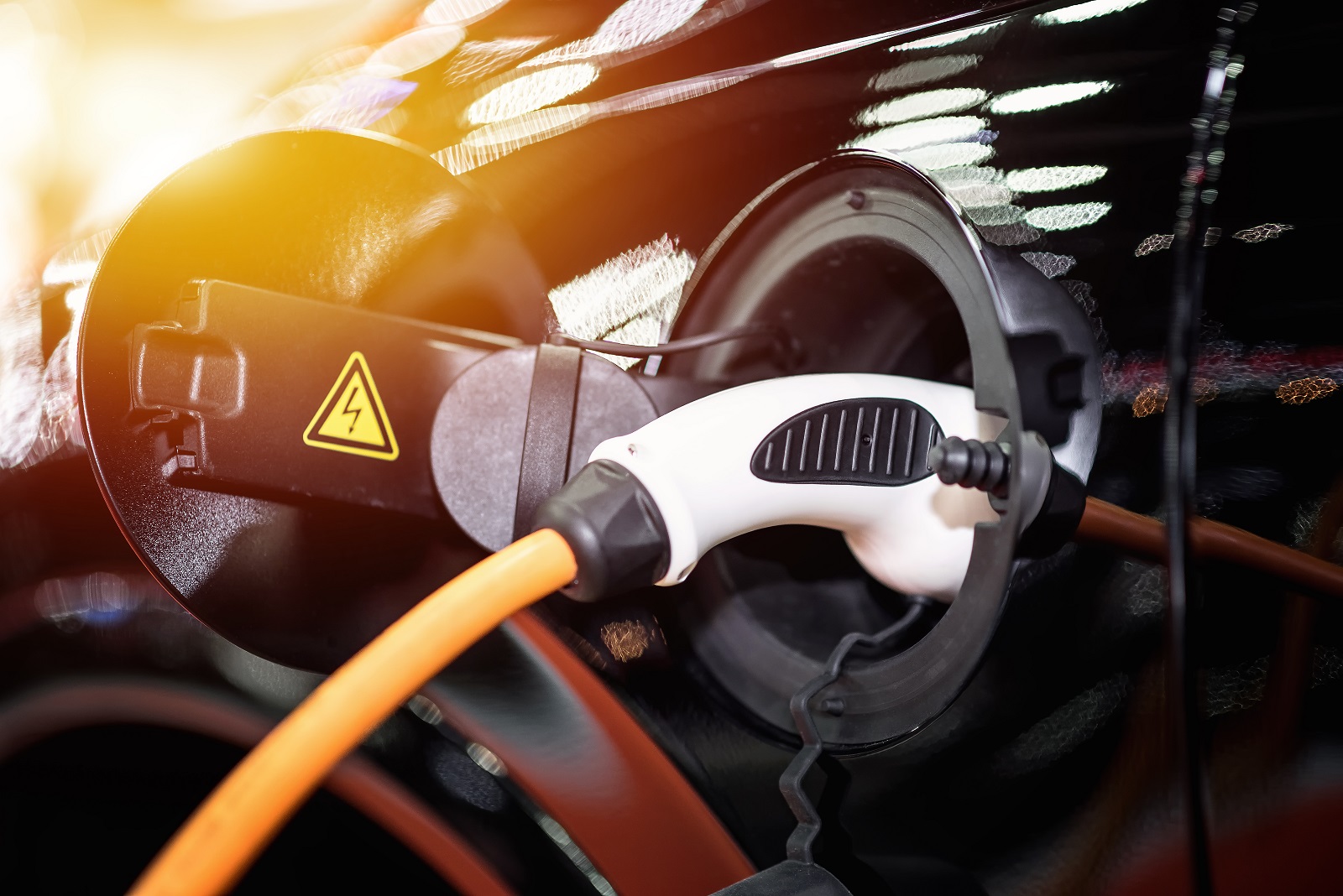
Image Credit: Shutterstock / adtapon duangnim
When comparing the plug-in hybrid with the electric vehicle, the plug-in might not fare as well since CO2 from gas engines is still an issue.
No CO For EVs
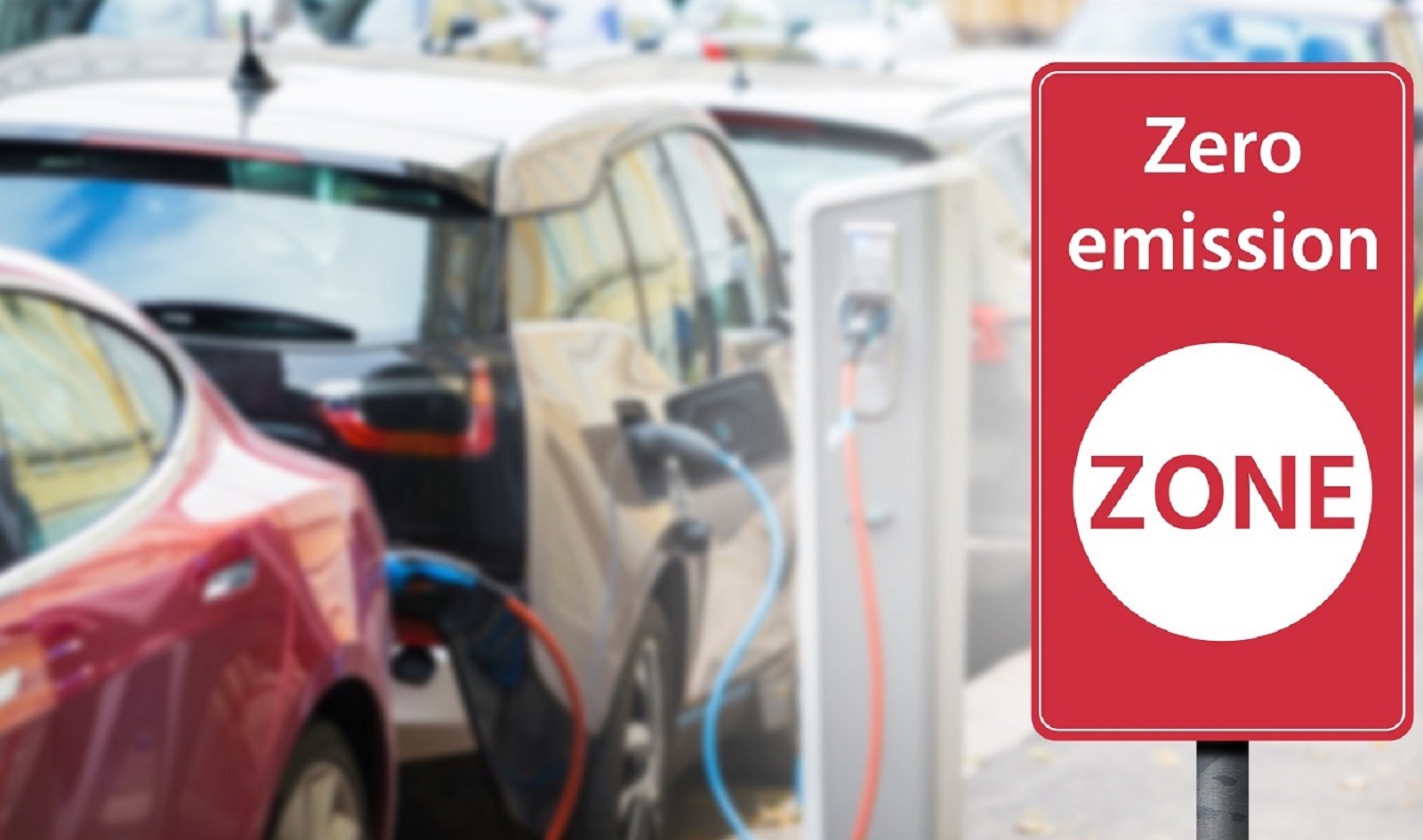
Image Credit: Shutterstock / Scharfsinn
Electric vehicles completely eliminate the need to use a regular engine and thus promote zero carbon emissions, which might yield some return on your investment.
You Could Pay More for Miles With Hybrid Plug-ins

Image Credit: Shutterstock / zeljkodan
To go further, the hybrid plug-in might not be kind to your wallet. For one, you could dock out more cash for gas or diesel, plus hybrids have an addition of the small battery-powered engine. These hybrid setups can give you more miles at a higher cost.
Pay Less for More Miles With Electric Cars
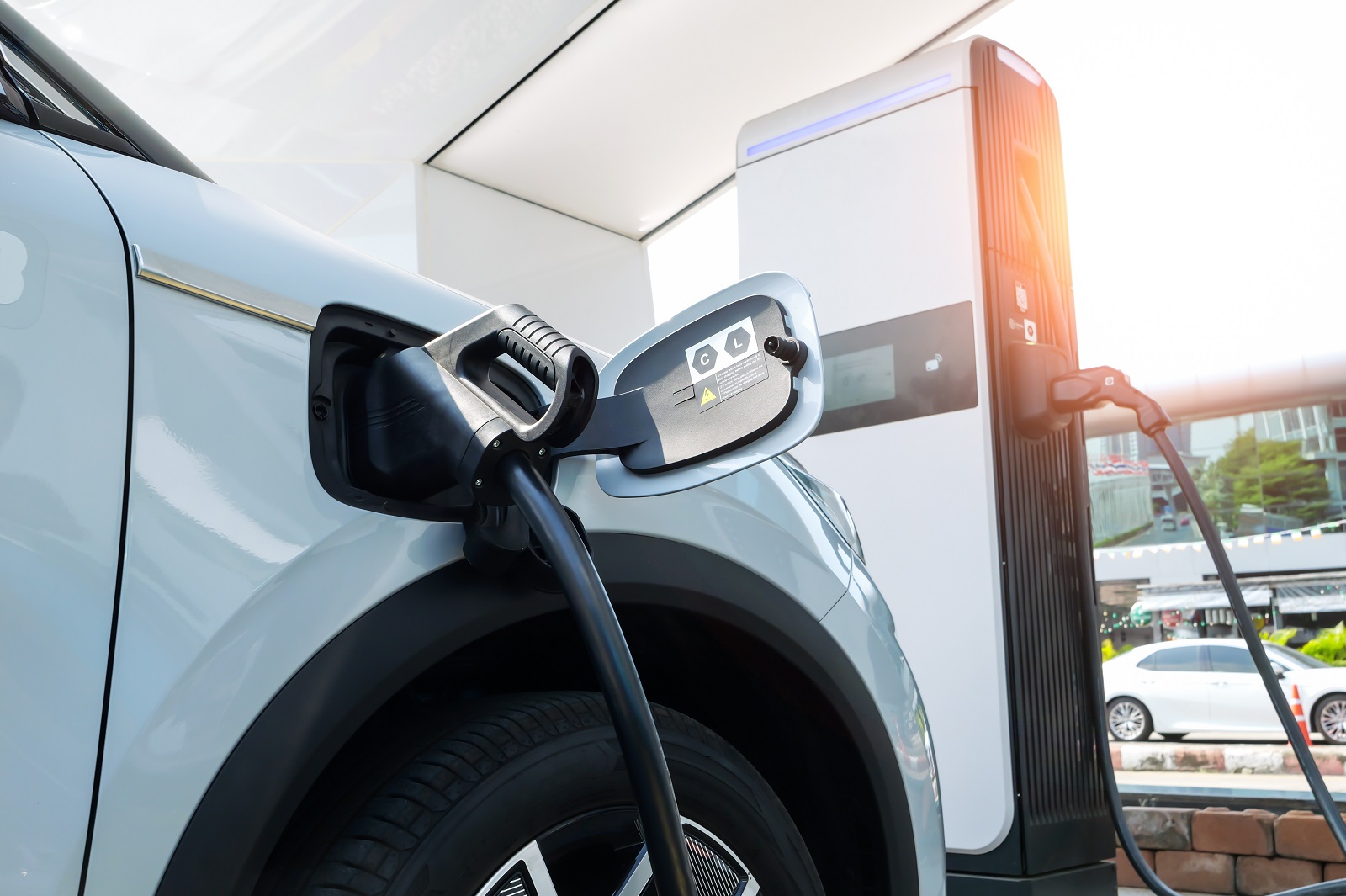
Image Credit: Shutterstock / JC_STOCKER
For an electric car, you could possibly travel around 200 miles (320km) before the next charge. EVs are considered more economical and budget-friendly.
EVs Can Save You on the Distance

Image Credit: Shutterstock / Owlie Productions
The EV could be more affordable as it’s just the electricity that will add to your bill, and you don’t have to think about the cost of gas. EV drivers also found that electric cars cost less to recharge than to refuel gas.
Solar Power Stations Are Expensive

Image Credit: Shutterstock / wedmoments.stock
Charging your car at home requires a solar home charger system. According to Capital One, installing one of these systems can cost the consumer between $300 and $45,000, depending on the voltage speed or level of the charge. The owner can choose what suits their pocket.
Expense to Refuel or Recharge

Featured Image Credit: Shutterstock / Minerva Studio
On average, it could take about $60 a month to charge the car entirely using EV systems. But the hybrid charges faster thanks to the smaller battery-powered engine combined with a gas-powered engine. The main engine of a plug-in hybrid is the gas or diesel engine.
Charging Time for EV
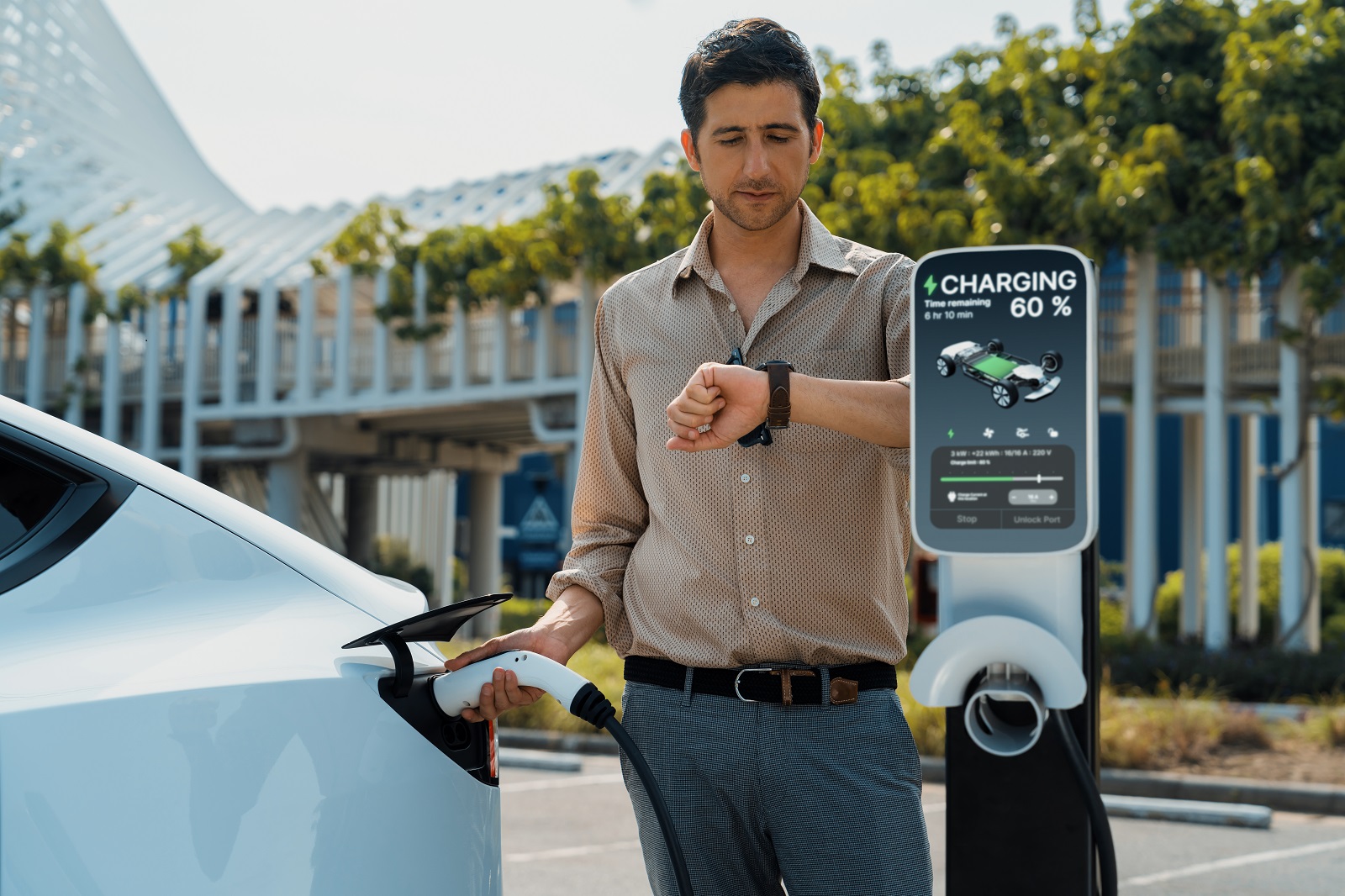
Image Credit: Shutterstock / Owlie Productions
Having an EV would require longer charge times; depending on the charging station, it may take longer to complete the charge cycle. However, some stations have fast charging in place.
Charging Time for PHEV
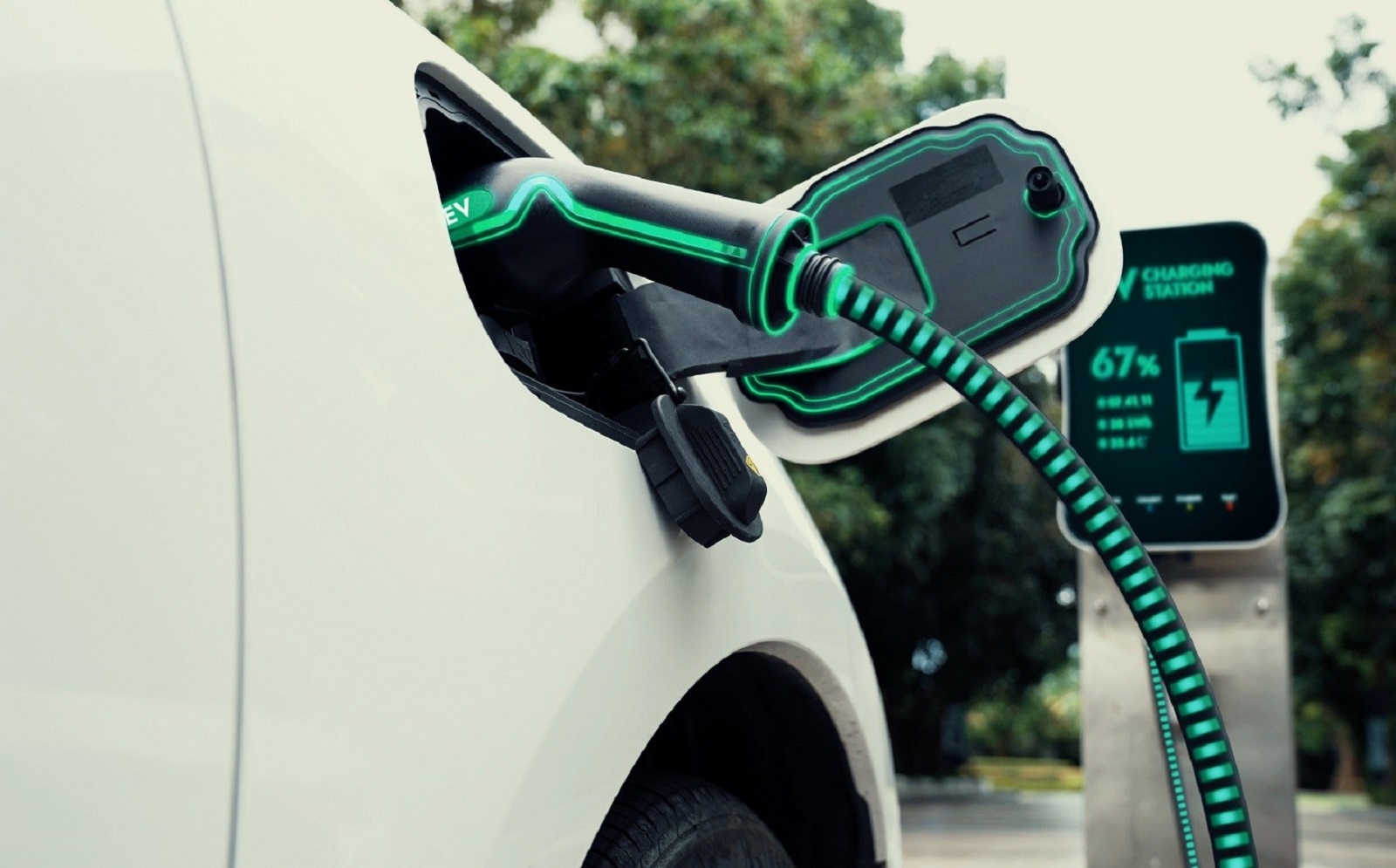
Image Credit: Shutterstock / Owlie Productions
PHEV cars are hybrids with sophisticated technologies. They may charge faster due to the smaller batteries in eco mode, but this doesn’t prevent them from having a carbon impact.
Less With Electricity
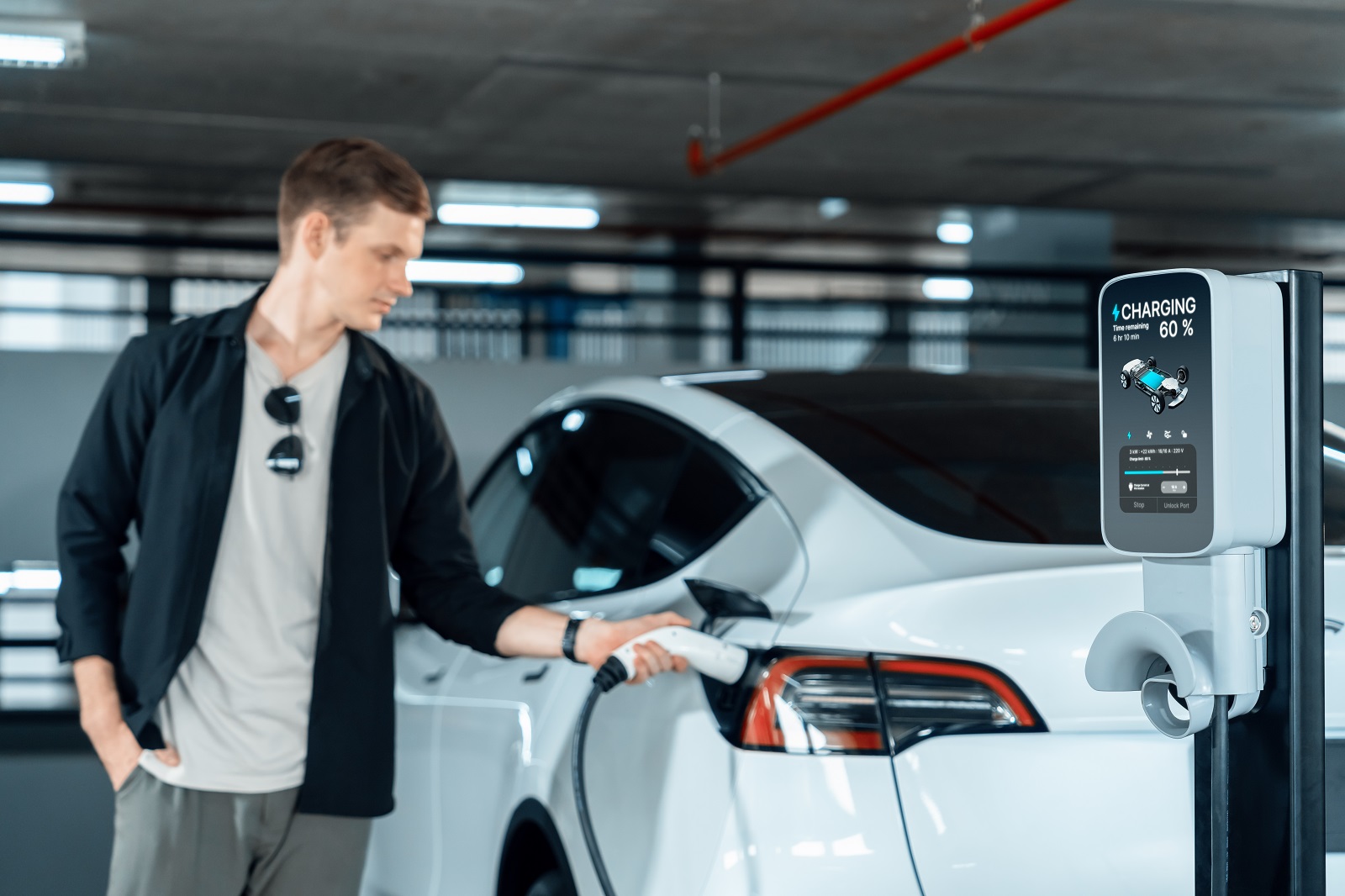
Image Credit: Shutterstock / Owlie Productions
Not all charging stations are equal, and not all states in the US have the same rates for electricity distribution. These factors may influence how much the average EV car owner could pay. Still, compared to gas, recharging is almost always cheaper, according to a report by USA Today after an interview with Beia Spiller, transport program director at Resources for the Future.
Paying More With Gas and Diesel Power

Image Credit: Shutterstock / n_defender
A similar concept is true for the PHEV, where the cost depends on the size of the engine, the type of car, and possibly the state where the owner lives. However, compared to recharging a vehicle with electricity, gas costs more.
Maintenance Differs for Each Automobile

Image Credit: Shutterstock / Ground Picture
Maintenance differs for every vehicle, and EVs and PHEVs have different requirements. Manufacturing these cars is expensive, and maintaining them can cost a fortune, too.
Maintenance EVs

Image Credit: Shutterstock / Phonlamai Photo
The complete EV car has fewer components than the hybrid plug-in, and the maintenance is on the lower end of the money scale. Fewer parts equal less expensive to maintain.
Maintaining PHEVs

Image Credit: Shutterstock / Image Credit: Shutterstock /
Hybrids featuring gas and battery engines have many components. The more components there are, the more expensive the vehicle becomes to maintain.
Labor Costs

Image Credit: Shutterstock / Mangkorn Danggura
When comparing the two cars, maintenance seems higher for the hybrid plug-in. Maintenance will also factor in the labor costs while replacing parts. Electric cars have fewer parts and thus fewer labor costs to maintain on a long-term basis.
EV or PHEV: What Would You Prefer?

Image Credit: Shutterstock / ViDI Studio
If you’re an average American consumer looking to get the most value from your car, these insights should help you decide. If you are a petrolhead and love the roaring of a gas-powered engine, the hybrid plug-in might be an ideal halfway mark. If you want to reduce your carbon footprint, then fully electric might be a great option.
The post PHEV vs. EV: Which Rules as America’s Top Eco-Friendly Car? first appeared on Mechanic Insider.
Featured Image Credit: Shutterstock / ViDI Studio
For transparency, this content was partly developed with AI assistance and carefully curated by an experienced editor to be informative and ensure accuracy.



